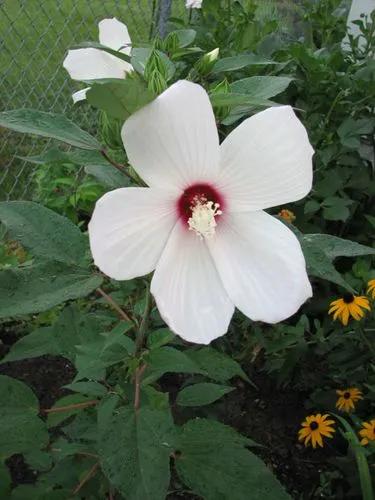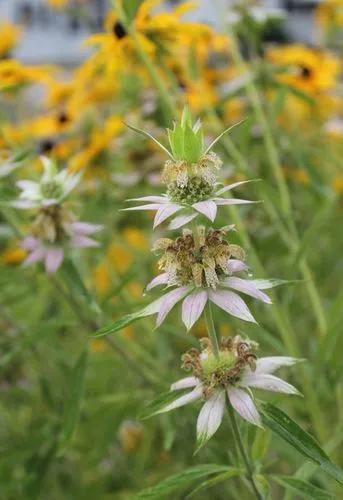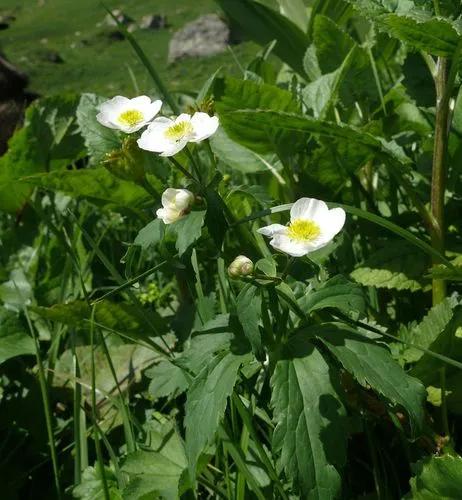Spergula arvensis, the corn spurry, stickwort, starwort or spurrey, is a species of plant in the genus Spergula.
Spergula arvensis Care
Spergula arvensis
Other names: Stickwort, Starwort, Spurrey



Corn spurry is a summer or winter annual broadleaf plant, and its seeds buried in the soil can survive for several years. The leaves contain a compound called oxalate that can be toxic if eaten in large quantities by livestock.
Perfect flower with 5 white tiny petals and 5 green sepals slightly offset from petals. There are also 10 yellow stamens about 1 cm in diameter.
This plant might be poisonous
How to get rid of:
It takes less time and money to prevent crops from corn spurry than it does to control corn interference. When planting in a new area, you should plant registered seeds. Ensure that infected areas are well cleaned to ensure that seeds are not transferred.
Corn spurries do not germinate in very deep soil, thus, conventional planting methods can bury some of them. Experimental studies have shown that the germination rate decreases as the depth of seeds buried in the soil increases.
However, being buried increases the life span of the seeds, which means that they end up on the surface of the soil as a result of cultivation. Therefore, once the ideal soil and weather conditions are achieved, plant high-yield crops in the field as soon as possible, with narrower rows and higher number of plants between the crops.
Before sowing the seeds of the crops, some mechanical methods can be carried out, such as hand hoeing, ploughing, grazing and so on. Even though the manual hilling controlled the weed in a better way than the mechanical hilling, this technique should be evaluated regarding its cost and little effectiveness ¡n extensive conditions. More attention should be given to improving mechanical weeding. Regarding the new herbicides, we can say that Sencor, Herbadox, and Basagran, besides controlling the weed, had a positive effect on yield. The Cention herbicida had a negative effect on yield although it had a good effect on controlling the weed. In both seasons, greater economic benefits were obtained with Sencor, Herbadox, and Basagran being the last two recommended as an alternative for controlling S. arvensis in potato crops.
How to Care for the Plant

Popularity

84 people already have this plant 12 people have added this plant to their wishlists
Discover more plants with the list below
Popular articles






